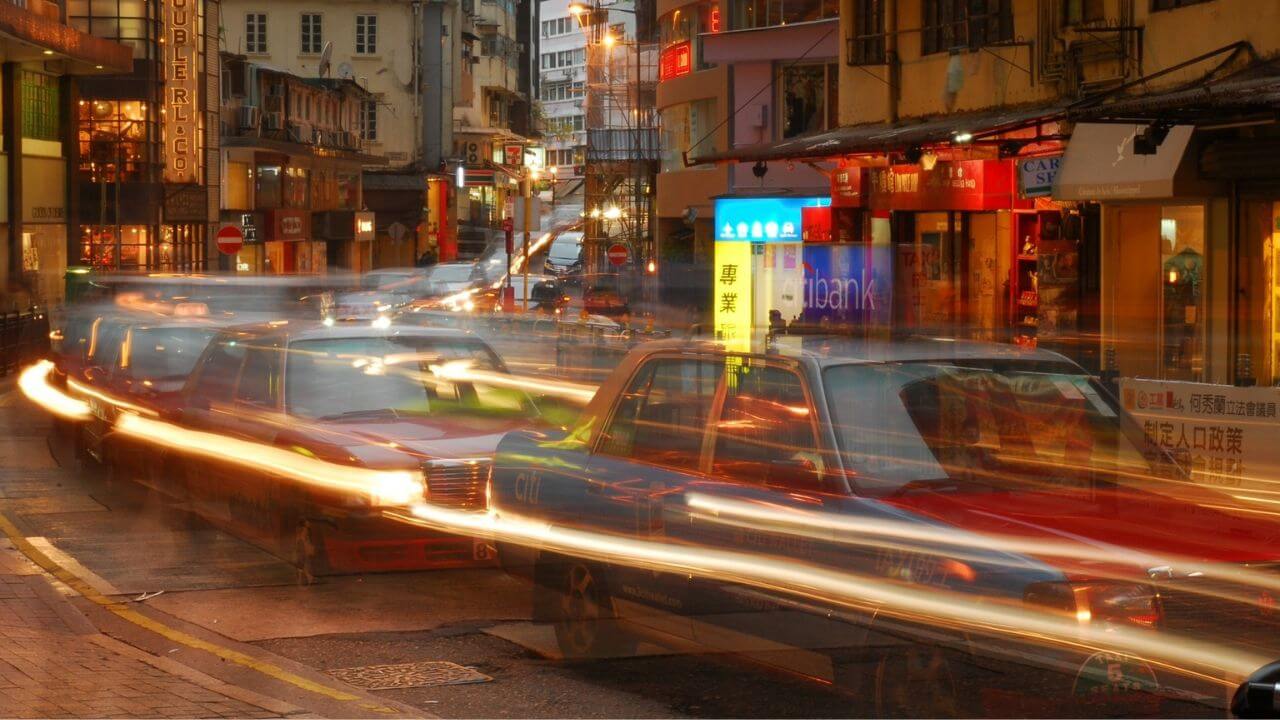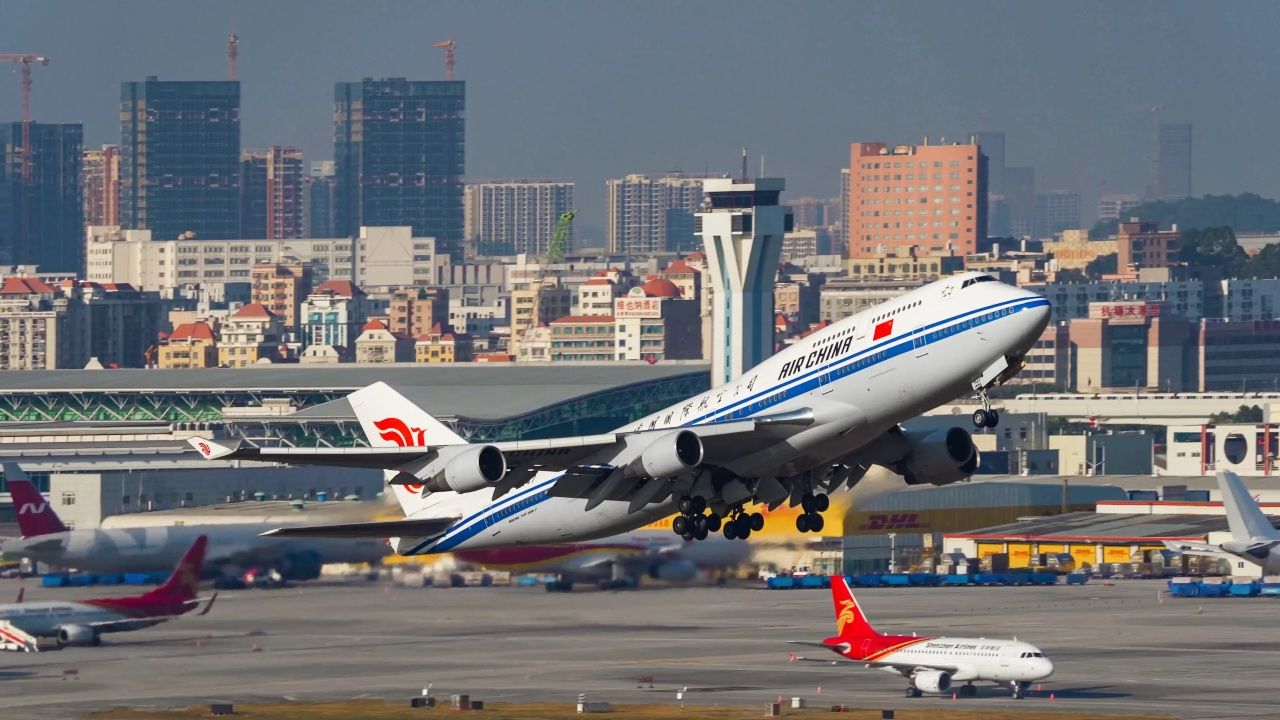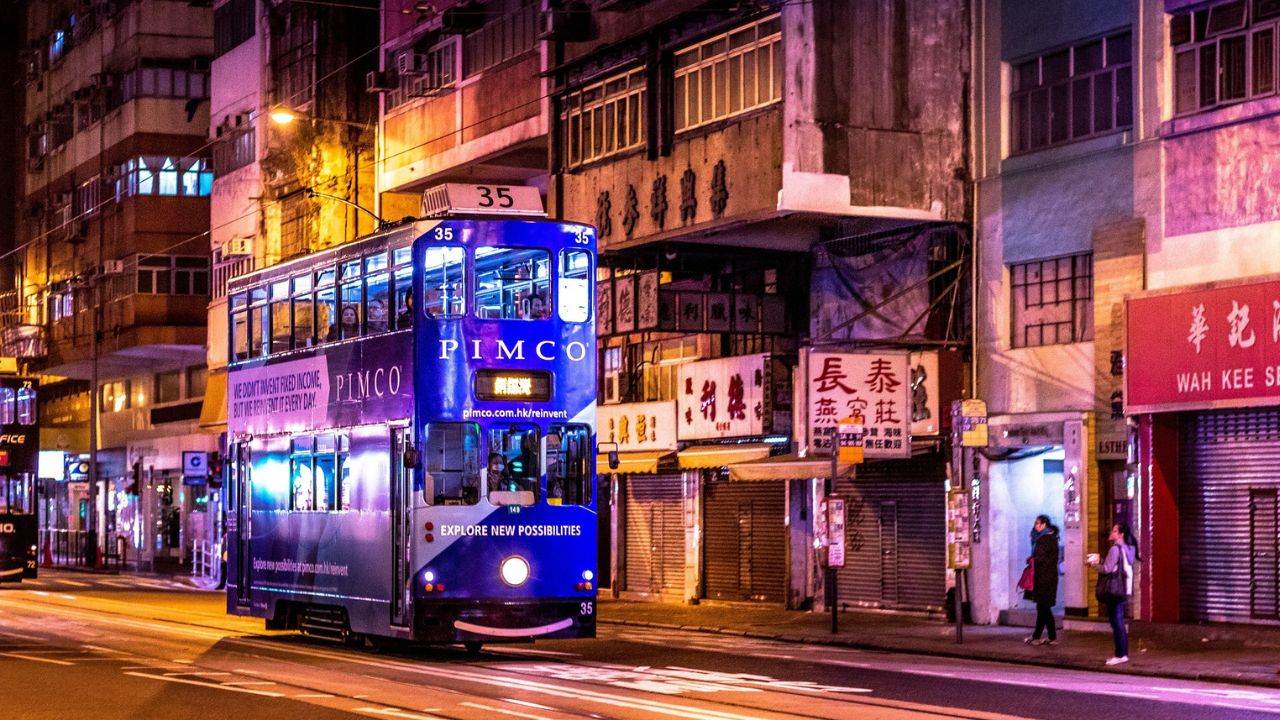Hong Kong transportation system is efficient, modern, and easy to use. The MTR (Mass Transit Railway) is the main way to get around, with multiple lines covering key areas, including business districts, neighborhoods, and major attractions. Buses and minibusses offer routes to places not served by the MTR, while taxis and ride-sharing services like Uber provide convenient options. Hong Kong Island also has a historic tram system, and ferries connect the islands and Kowloon. The city’s international airport and high-speed rail make it easy to travel to global and regional destinations.
Bellow you can read about Transportation in Hong Kong and around, how to get to Hong Kong, and also tips from experienced travel guide.

Getting to Hong Kong
By Air:
- Hong Kong International Airport (HKG):
- Located on Chek Lap Kok Island, about 34 kilometers (21 miles) from the city center.
- One of the busiest and most efficient airports in the world, offering numerous international and domestic flights.
- Well-connected to the city via the Airport Express train, buses, taxis, and hotel shuttle services.
By Train:
- High-Speed Rail:
- The Hong Kong West Kowloon Station connects Hong Kong with mainland China via high-speed trains.
- Major destinations include Guangzhou, Shenzhen, and other major Chinese cities.
- Intercity Through Train:
- Trains from Hung Hom Station connect Hong Kong to Guangzhou and other parts of China.
By Sea:
- Ferry Services:
- Regular ferry services connect Hong Kong to Macau and other nearby cities in the Pearl River Delta.
- Ferries operate from various terminals including Hong Kong-Macau Ferry Terminal and China Ferry Terminal.

Transportation Around Hong Kong
MTR (Mass Transit Railway):
- Overview:
- The MTR is Hong Kong’s rapid transit system, known for its efficiency, cleanliness, and extensive coverage.
- Lines and Coverage:
- Covers most of Hong Kong Island, Kowloon, and the New Territories, including stops at major attractions and business districts.
- Airport Express:
- Connects Hong Kong International Airport with downtown Hong Kong in approximately 24 minutes.
- Tips:
- Use the Octopus Card, a rechargeable smart card, for convenient and discounted travel on the MTR and other public transport.
Buses:
- Overview:
- A comprehensive bus network covers areas not served by the MTR.
- Operators:
- Major operators include Citybus, Kowloon Motor Bus, New World First Bus, and Long Win Bus.
- Tips:
- Buses are a good option for reaching more remote areas and scenic spots. Routes and schedules are available online and at bus stops.
Trams:
- Overview:
- The iconic double-decker trams, known as “ding dings,” operate on Hong Kong Island from Kennedy Town to Shau Kei Wan.
- Experience:
- Riding the trams is a nostalgic and scenic way to travel through the city’s urban landscapes.
- Tips:
- Trams are an affordable option and great for short trips along the north shore of Hong Kong Island.

Ferries:
- Star Ferry:
- The Star Ferry provides scenic and historic crossings between Hong Kong Island (Central and Wan Chai) and Kowloon (Tsim Sha Tsui).
- Outlying Islands Ferries:
- Regular ferries connect Hong Kong Island with outlying islands like Lantau, Cheung Chau, and Lamma Island.
- Tips:
- Ferries offer beautiful views of Victoria Harbour and are a must-do experience for visitors.
Taxis:
- Overview:
- Taxis are widely available and color-coded by region: red (urban areas), green (New Territories), and blue (Lantau Island).
- Fares:
- Taxis are metered, and fares are relatively affordable. Be sure to have cash as not all taxis accept credit cards.
- Tips:
- Taxis are convenient for short trips and when public transport is not available. Apps like Uber and local taxi apps are also in use.
Bicycles:
- Overview:
- Cycling is popular in certain areas, especially in the New Territories and outlying islands.
- Rental:
- Bicycles can be rented from various shops and rental stations.
- Tips:
- Use designated cycling paths and be cautious on busy roads.
Walking:
- Overview:
- Hong Kong is a pedestrian-friendly city with well-maintained sidewalks and numerous pedestrian bridges.
- Experience:
- Walking is a great way to explore neighborhoods, markets, and scenic spots.
- Tips:
- Wear comfortable shoes and be prepared for hilly terrain in some areas.

Tips for Getting Around
- Octopus Card:
- The Octopus Card is a must-have for seamless travel across various modes of transport. It can be topped up at convenience stores, MTR stations, and online.
- Language:
- Most signs and announcements are in both Chinese and English, making navigation easy for international visitors.
- Apps and Maps:
- Use transportation apps like Citymapper, Google Maps, or local apps for real-time information and route planning.

Helen Wang
Travel Advisor & Guide Expert
I started my travel career in 2005 and have since become an expert in Tibet and China’s travel destinations and helping travelers plan unforgettable trips.
For expert travel advice to China or Tibet, feel free to contact me.